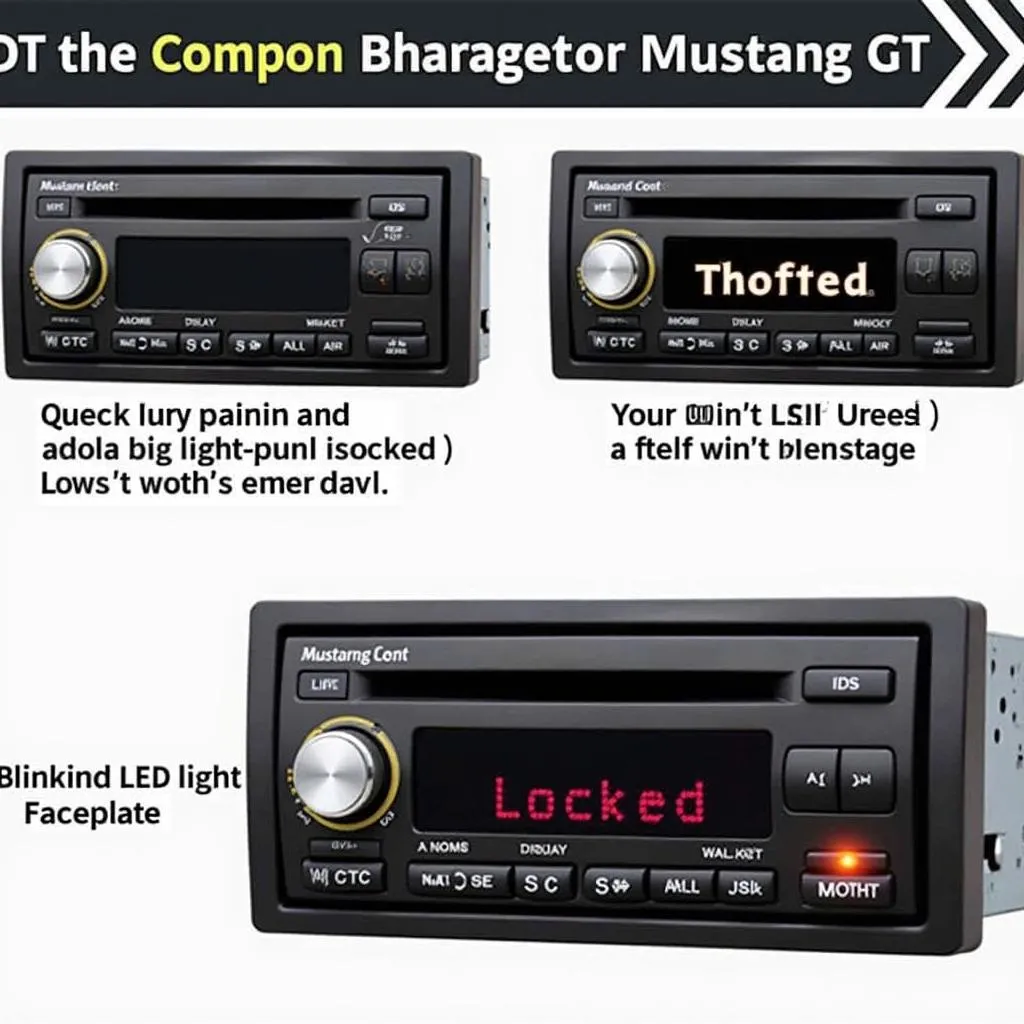The seat belt warning sound is a safety feature designed to remind drivers and passengers to buckle up. While it can be annoying, it’s a crucial part of vehicle safety, significantly reducing the risk of injury during accidents. However, sometimes the seat belt warning sound can malfunction, causing unnecessary distractions or indicating a problem. This article explores the reasons behind seat belt warning sounds, common issues, and how to address them.
Why Does My Car Make a Seat Belt Warning Sound?
Your car uses sensors to detect whether the seat belts are fastened. When you start the car or begin driving without your seat belt fastened, the sensor sends a signal triggering the warning sound. This sound serves as an audible reminder, urging you to buckle up for safety. The sound usually continues for a set duration or until the seat belt is fastened.
Common Seat Belt Warning Sound Issues
While the warning sound primarily serves as a safety reminder, there are instances where it can indicate a problem. Here are some common issues:
- Seat Belt Warning Sound Won’t Turn Off: This is often due to a faulty seat belt buckle sensor or a wiring issue.
- Intermittent Seat Belt Warning Sound: This could be caused by a loose connection in the wiring harness or a malfunctioning sensor.
- Seat Belt Warning Sound Activates Even When Buckled: This might point towards a broken buckle latch or a sensor issue.
Diagnosing the Problem
Diagnosing the root cause of a malfunctioning seat belt warning sound often requires some troubleshooting. Here’s a step-by-step guide:
- Check the Seat Belt Buckle: Inspect the buckle for any visible damage or debris that might be obstructing the latch.
- Inspect the Wiring: Carefully examine the wiring harness connecting the seat belt buckle to the car’s electrical system for any loose connections, fraying, or damage.
- Listen for Intermittent Sounds: Pay attention to when the sound activates. Does it occur only when driving, or even when the car is stationary? This can provide clues about the source of the problem.
“A thorough inspection of the seat belt system is crucial when diagnosing warning sound issues,” says automotive electronics expert John Miller. “Often, the problem lies within the buckle assembly or the wiring.”
How to Fix Seat Belt Warning Sound Issues
Depending on the diagnosis, here are some potential solutions:
- Cleaning the Seat Belt Buckle: Sometimes, a simple cleaning can resolve the issue. Use compressed air or a cotton swab with rubbing alcohol to remove dirt or debris from the buckle.
- Fastening the Seat Belt Properly: Ensure the seat belt is clicked securely into the buckle.
- Replacing the Seat Belt Buckle Sensor: If the sensor is faulty, it will need replacement. This can often be done at home with basic tools.
- Repairing or Replacing the Wiring: Damaged or frayed wires need to be repaired or the entire harness replaced.
- Software Update or Reset: Some vehicles may require a software update or reset to address seat belt warning sound issues. Consult your car’s manual or a certified technician for assistance.
“In some modern vehicles, the seat belt warning system is integrated with the airbag control module,” explains Miller. “In such cases, it’s vital to have a qualified technician address the issue to prevent unintended airbag deployment.”
When to Seek Professional Help
While some seat belt warning sound issues can be resolved with basic troubleshooting, it’s best to consult a qualified automotive electrician or mechanic for:
- Persistent issues despite troubleshooting efforts
- Suspected problems with the airbag system
- Lack of comfort or expertise in handling electrical components
Conclusion
The seat belt warning sound is a crucial safety feature in your vehicle. While occasional glitches might occur, understanding the reasons behind the sound and knowing how to address them can save you from potential hazards and unnecessary expenses. Remember, regular maintenance and timely attention to warning signs can contribute significantly to a safer driving experience.

